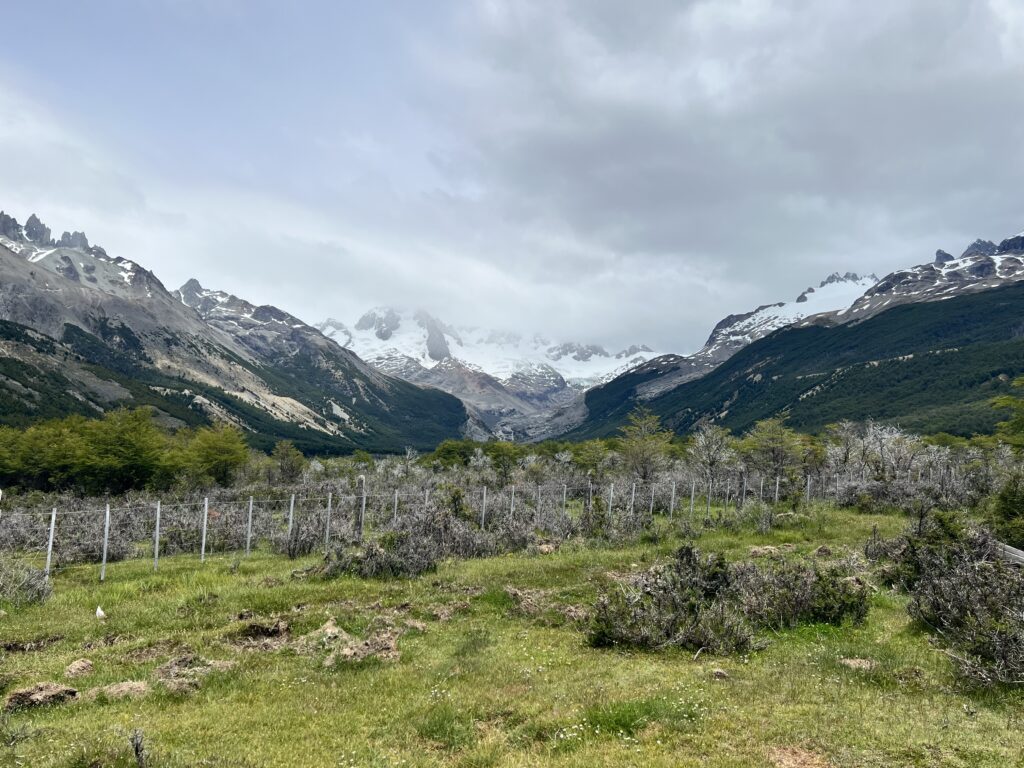During a recent trip to Chilean Patagonia with my students, I stumbled upon a perfect illustration of rewilding as it applies to making things. We were there to explore how we can work with nature rather than constantly imposing our will on the land – a concept that’s equally applicable to sustainable design and manufacturing.
While staying at a gaucho’s farm, I noticed something peculiar about his fence line. Alongside each weathered post stood a two-foot high stick. Upon closer inspection, I realized these weren’t just sticks, but sycamore branches. The gaucho was literally growing his own fence posts.
This simple yet brilliant technique encapsulates everything I wanted my students to understand about sustainable making. Instead of repeatedly chopping down trees to replace worn-out posts, this gaucho found a way to let nature do the work. He created a self-renewing fence line that would stand the test of time, all by working with the natural growth patterns of sycamore trees.
The implications of this approach extend far beyond fence-building. It’s a powerful metaphor for how we can approach design and manufacturing in all aspects of our lives. Too often, we fall into the trap of thinking we must constantly tear down and rebuild, imposing our vision on the world around us. But what if, like the gaucho’s fence, we could design systems that grow, adapt, and renew themselves?
This experience in Patagonia served as a stark reminder that in our quest to build, innovate, and progress, we would do well to pause and ask: How can we work with nature, rather than against it? The answers, like those sycamore fence posts, might just grow into something remarkable. It challenges us to rethink our assumptions about what it means to create and to consider how we might apply this rewilding philosophy to our own projects back home.

